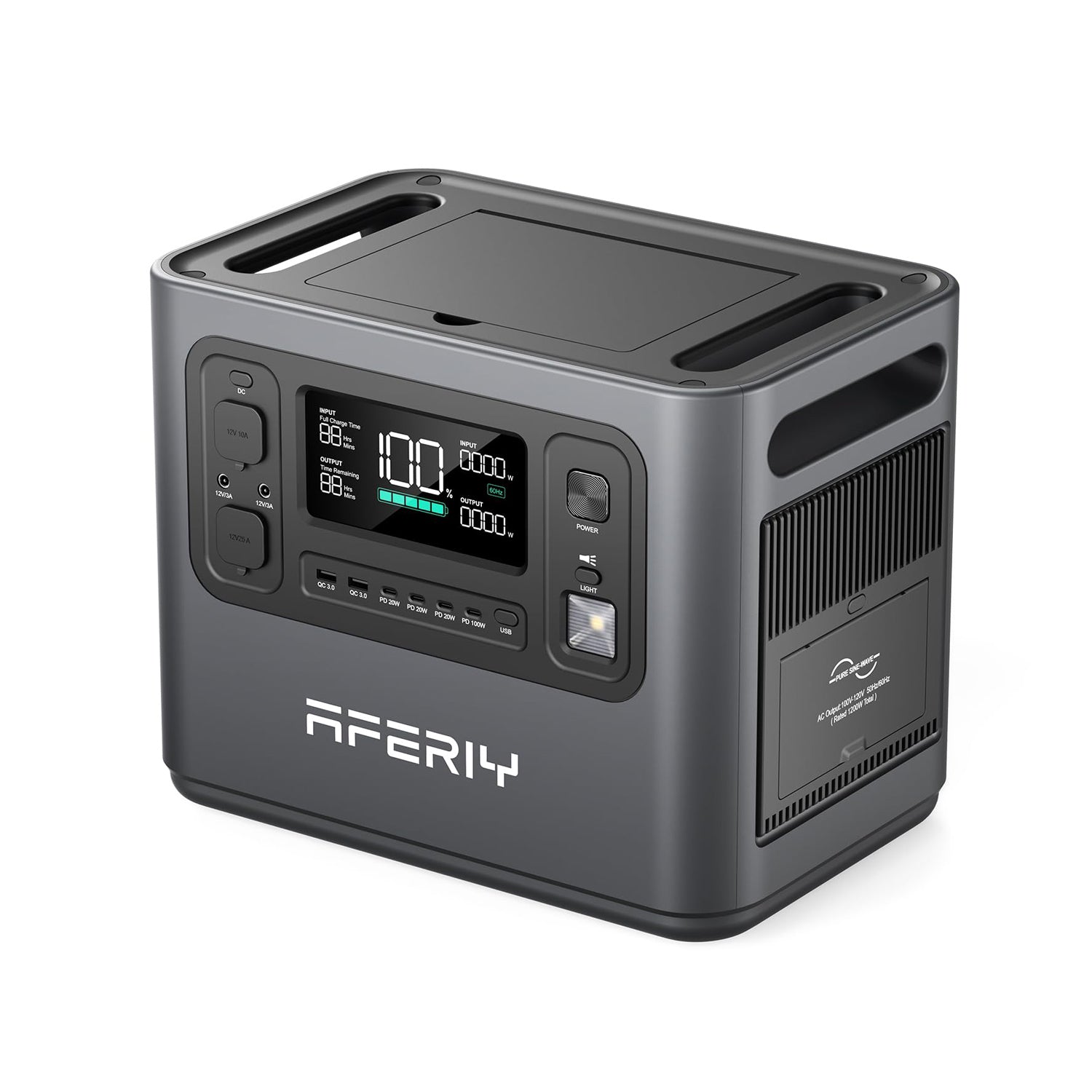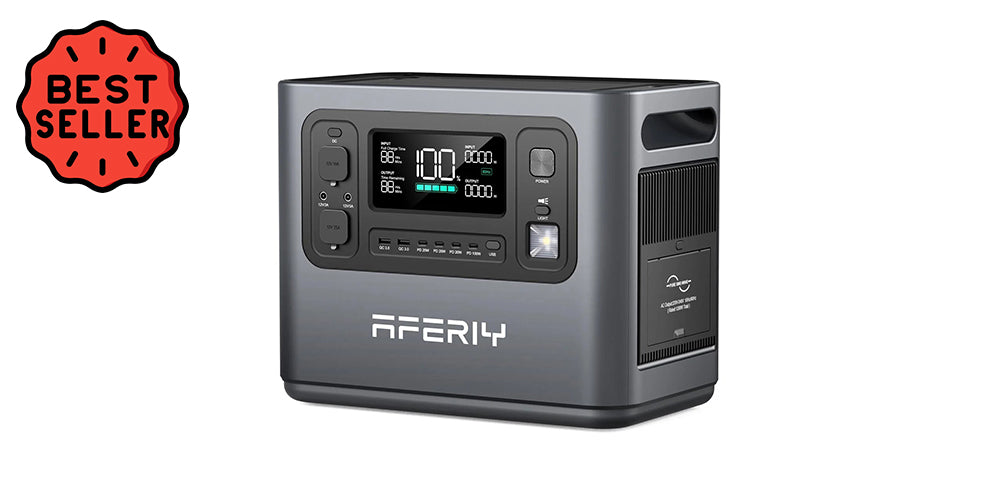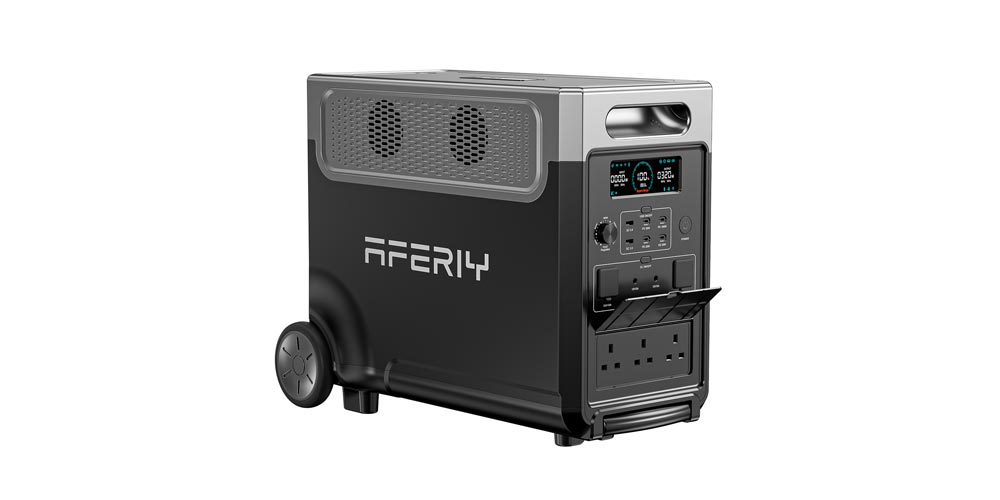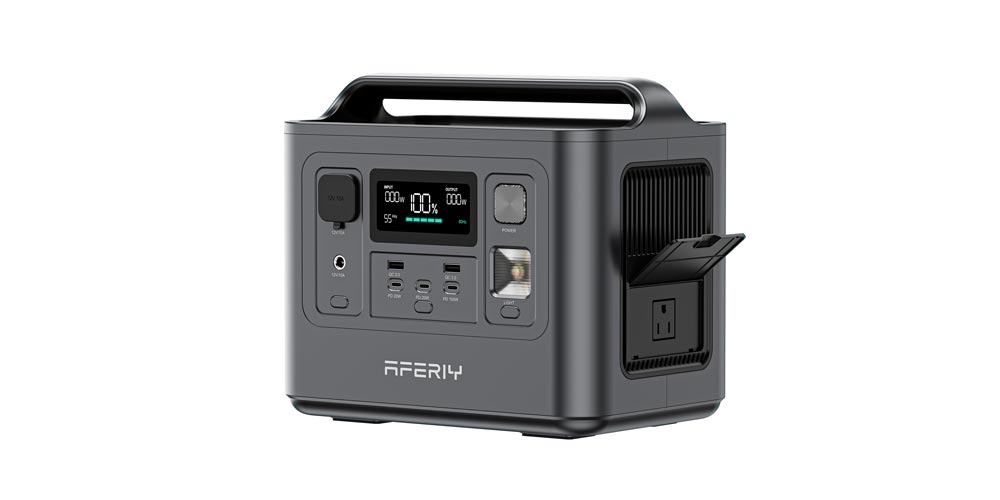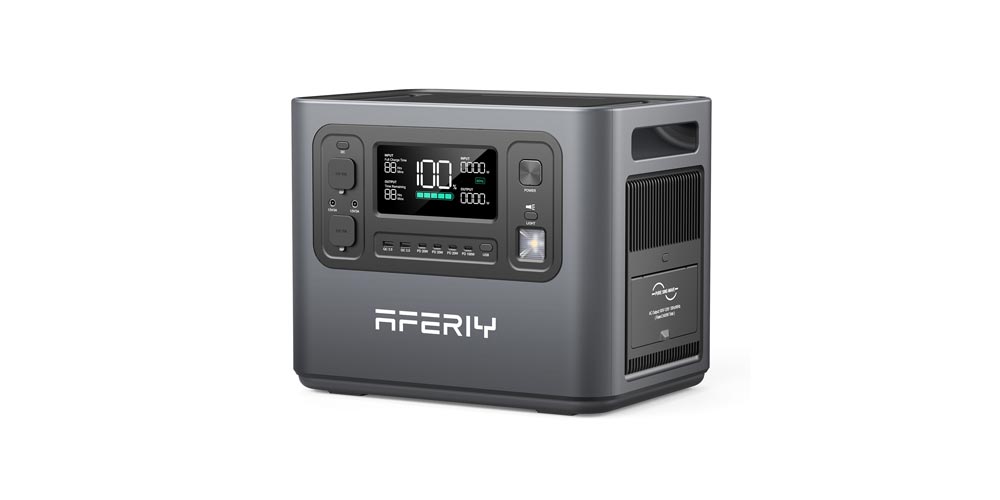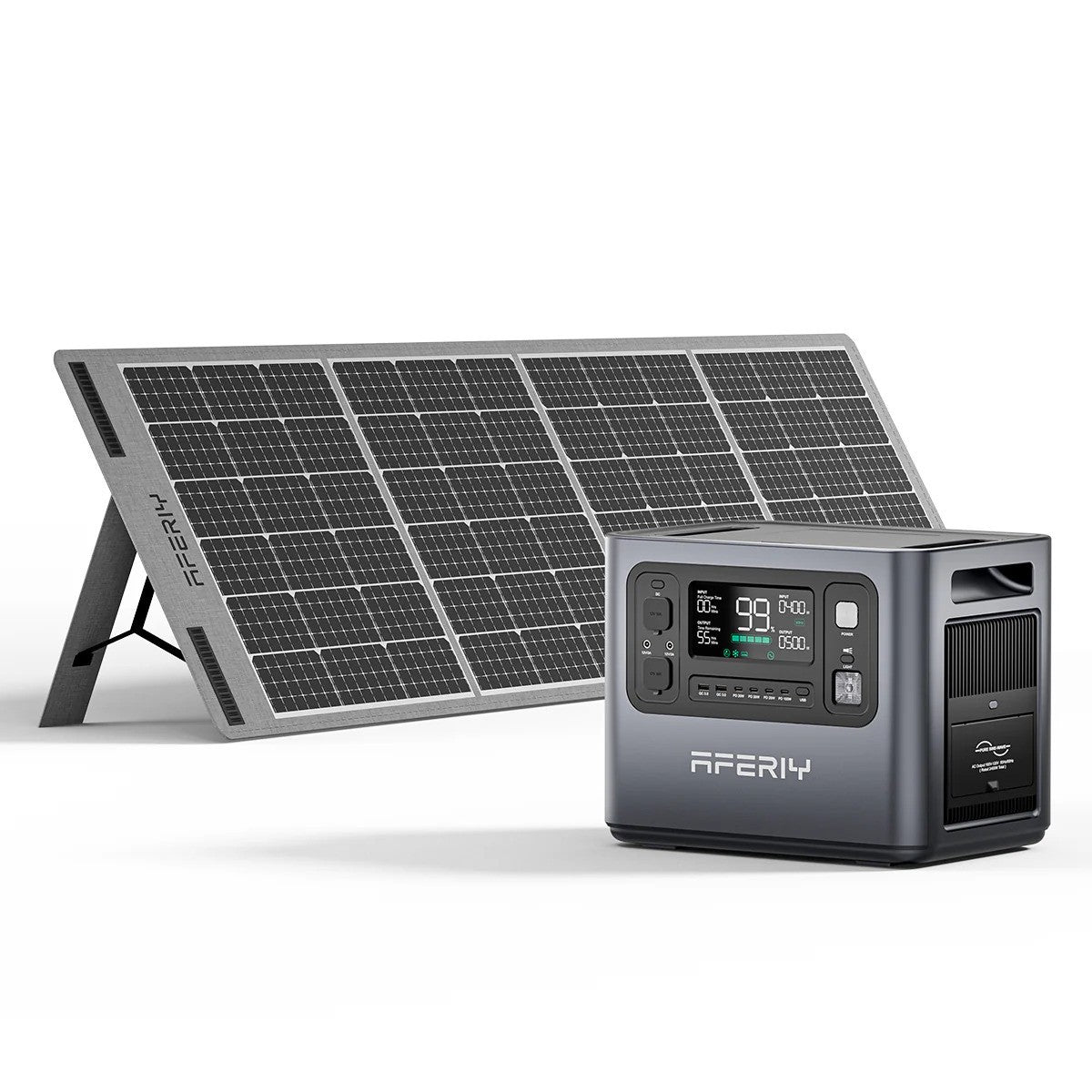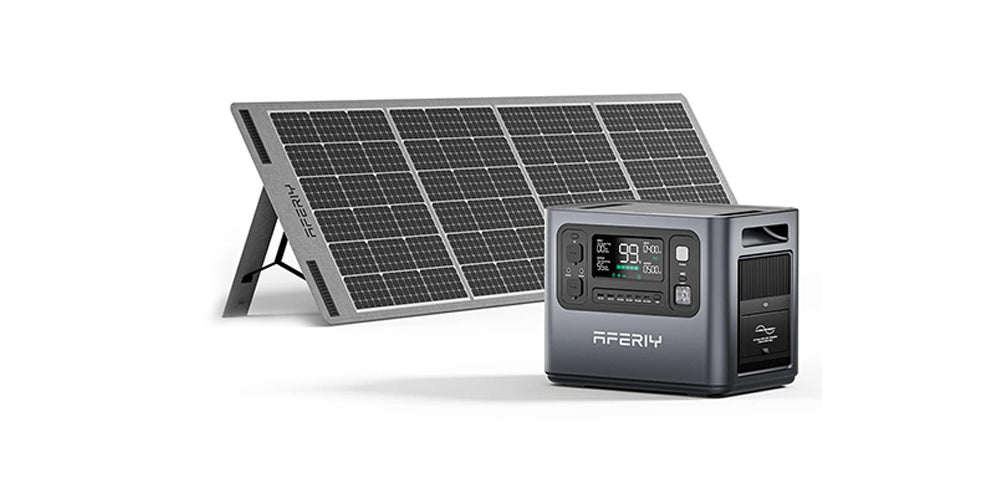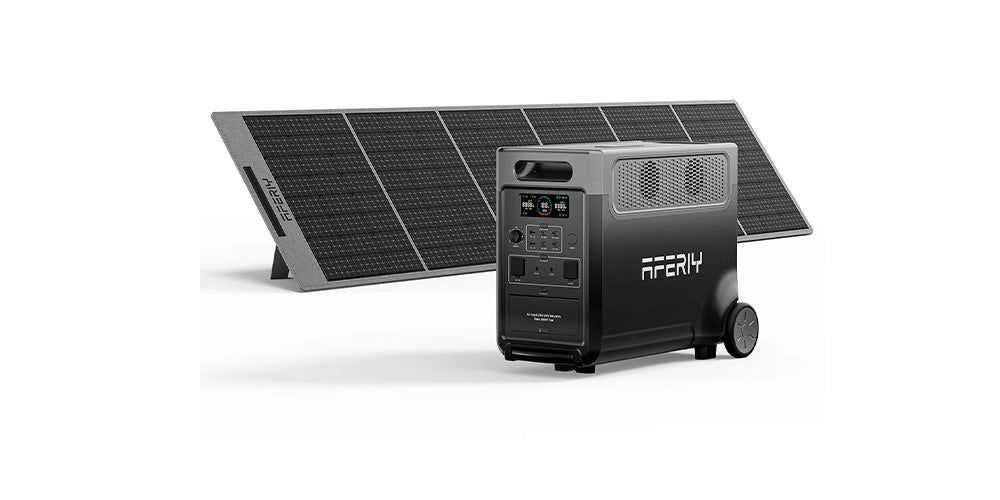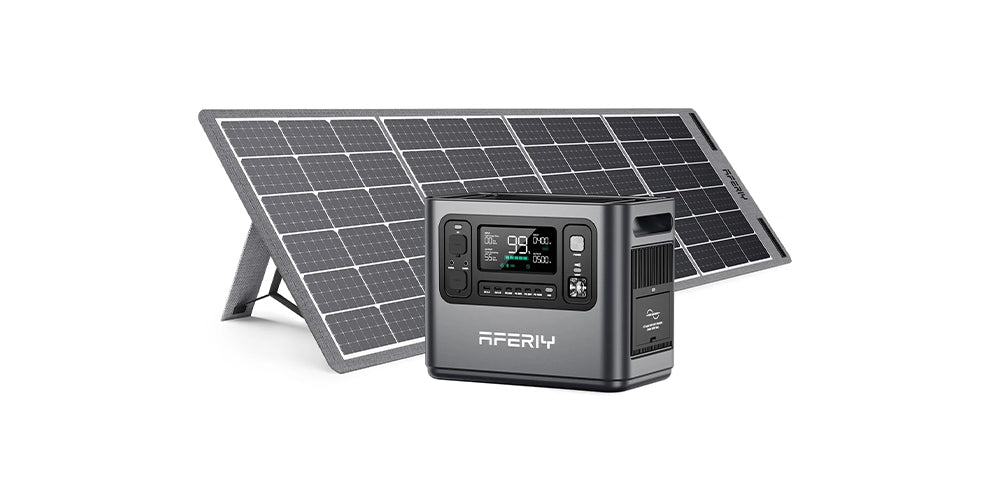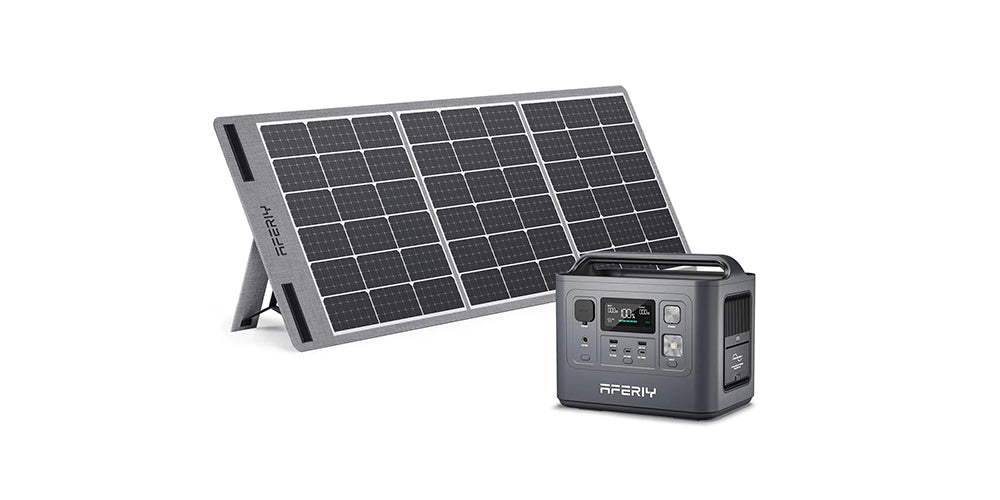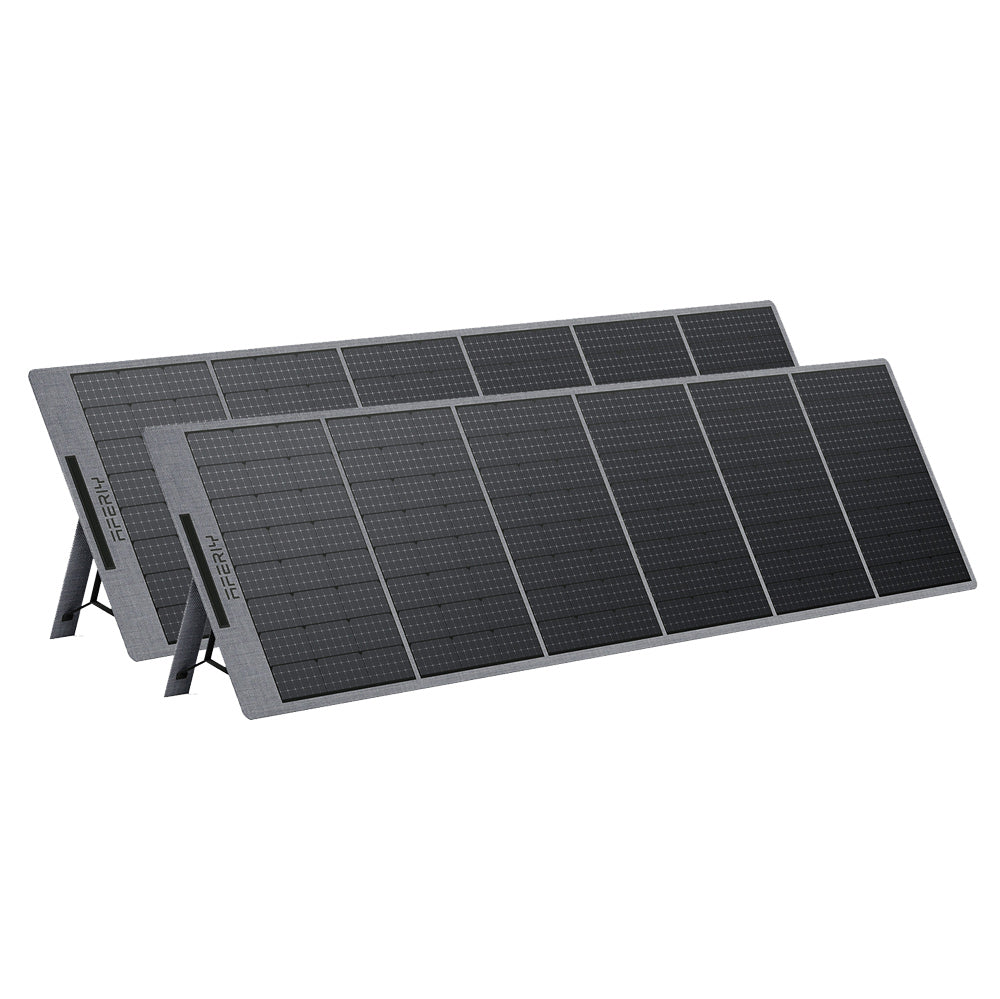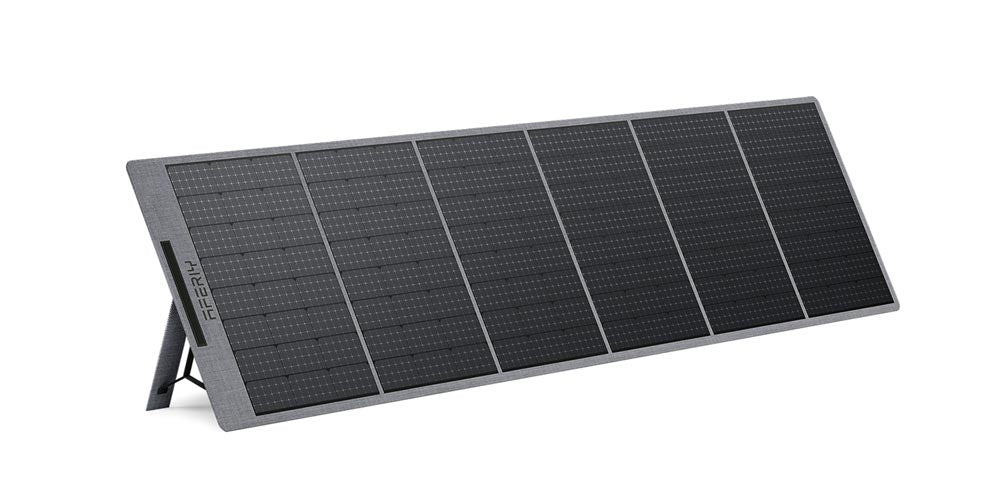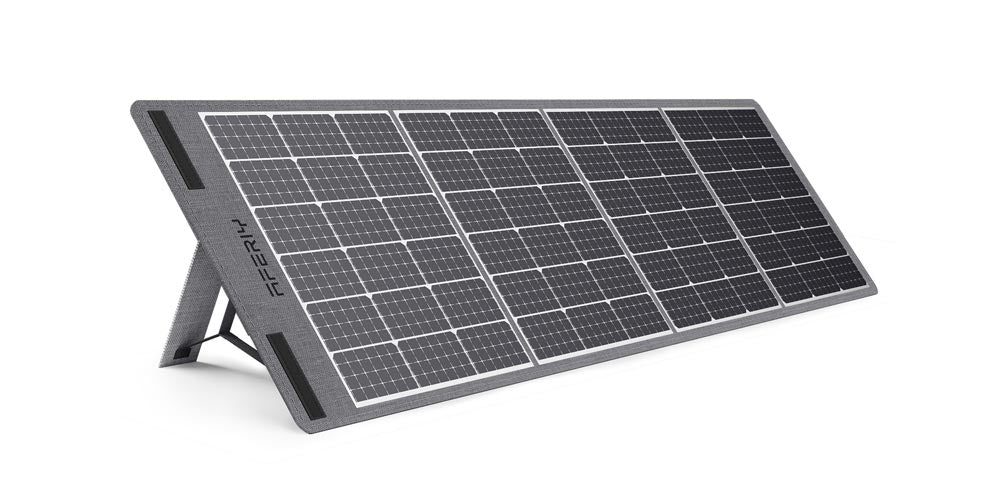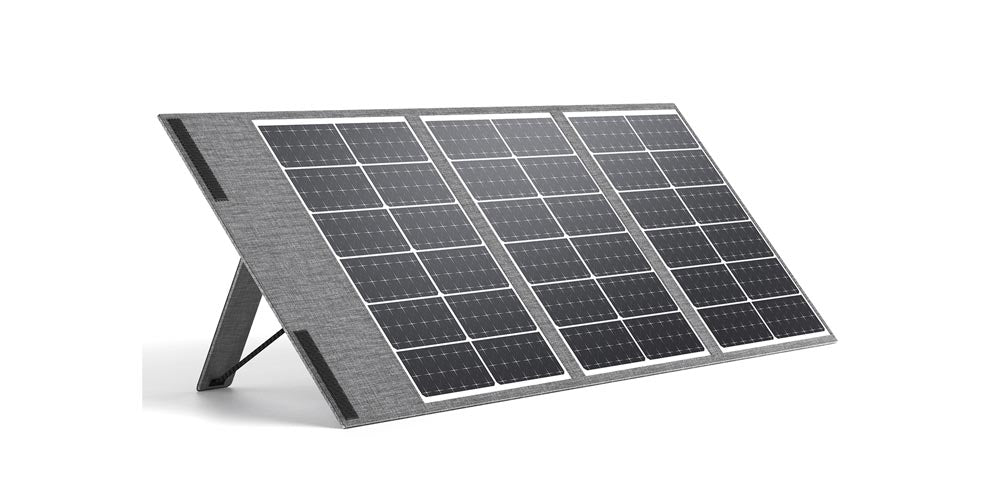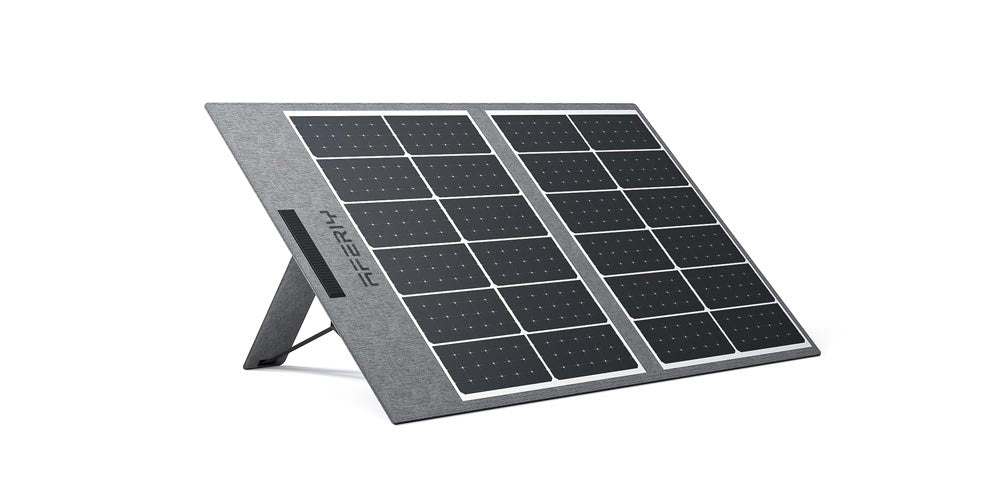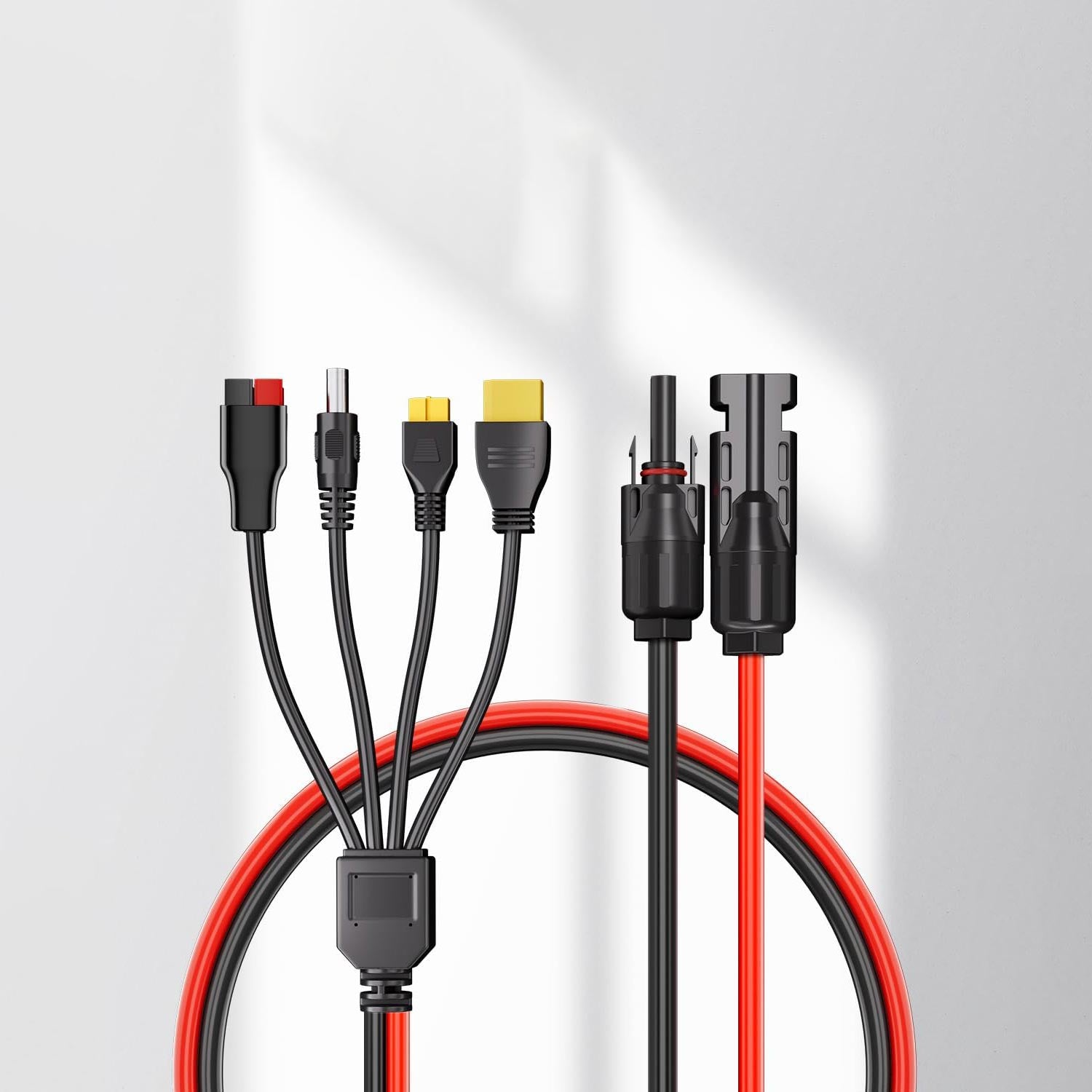what is the cost of living in a campervan?
More and more people in the UK are choosing to live in motorhomes, drawn by a lifestyle that combines freedom, closeness to nature, and a return to simplicity. This choice appeals to young nomads, adventurous retirees, and those seeking a more minimalist life away from the constraints of traditional housing. Living in a motorhome means embracing a mobile daily life, where every sunrise can be enjoyed by the sea, in the mountains, or deep in the countryside.
But how much does this lifestyle really cost? Beyond the initial purchase of the vehicle, which varies widely depending on the model, year, and features, there are recurring expenses to consider: fuel, food, insurance, maintenance, and parking fees. In this article, we’ll break down the financial aspects of living in a motorhome — from the upfront investment to monthly budgets and cost-saving tips for full-time van life.
Which Motorhome is Best for Full-Time Living?
Before diving into the budget, it’s important to choose the right vehicle. Not all motorhomes are suitable for year-round use. When you decide to live in a motorhome, comfort, reliability, and interior layout become essential criteria.
Here are the main types of motorhomes suitable for full-time living:
- Campervan (converted van): discreet, manoeuvrable, and more economical. Ideal for solo travellers or couples. Price: £30,000 to £50,000.
- Low-profile motorhome: a good compromise between living space and ease of driving. Price: £50,000 to £70,000.
- A-Class motorhome: the most spacious, offering a high level of comfort for year-round living. Price: £70,000 to £100,000.
Prioritise good insulation, efficient heating, solar panels, and most importantly, optimised storage to make small-space living feel comfortable.
Your choice depends on your lifestyle, need for autonomy, and how often you plan to move. A well-thought-out vehicle can make life on the road much more enjoyable.
How Much Does a Motorhome Cost in 2025?
Prices for motorhomes in 2025 vary significantly based on type, features, and comfort level. Whether you’re buying new or used, understanding price ranges helps you avoid unexpected costs.
New Models
Entry-level: from around £45,000 for basic campervans — great for beginners or occasional trips.
Mid-range: between £60,000 and £75,000, typically low-profile motorhomes with good equipment levels.
High-end: over £100,000 for luxury A-Class motorhomes built for full-time comfort.
Used Market
The second-hand market is very active, with vehicles available from £15,000. Prices can rise to £50,000 depending on age, mileage, condition, and installed options. Buying used is a smart way to reduce your van life budget — just make sure to inspect the vehicle carefully.
Additional Costs to Expect
Besides the purchase price, don’t forget to budget for:
Registration and taxes: around £500–£1,000 depending on weight class.
Insurance: varies by profile, usage, and value; expect £400–£1,200 per year.
Additional equipment: solar panels, batteries, heating systems, bike racks, etc. For full-time comfort, expect to spend £1,000 to £5,000 depending on your needs.
Monthly Costs of Living in a Motorhome
Living in a motorhome involves more than just buying the vehicle. To plan your off-grid budget, you need to consider regular daily expenses. Here’s a detailed estimate of typical monthly costs for a comfortable motorhome lifestyle:
| Expense Category | Estimated Monthly Budget |
|---|---|
| Fuel (~1,000 km) | £150–£250 |
| Insurance | £40–£100 |
| Maintenance & repairs | £50–£100 |
| Campsites & parking | £100–£300 |
| Gas, electricity, water | £30–£70 |
| Internet & mobile | £20–£40 |
| Groceries & food | £300–£500 |
Average total: £800 to £1,500/month, depending on lifestyle and travel style.
This range shows that motorhome living can suit various budgets, but careful planning is key. For example, some travellers prefer wild camping or free spots, which greatly reduces parking costs. Others may opt for fully equipped campgrounds, increasing the overall spend.
Regular maintenance is also crucial to avoid unexpected repairs. Fuel is a significant budget item, especially if you move frequently. Reliable mobile internet is another essential, especially for remote work — many UK providers now offer affordable and high-speed mobile data options.
Full-Time Campsite Living: What's the Cost?
Some UK campsites offer permanent pitches:
Residential pitch: £1,500 to £4,000/year
Electricity: often included, otherwise around £0.25–£0.35/kWh
Extra services: laundry, pool access, security, etc.
Average: £150 to £350/month for year-round campsite living.
Living Alone in a Motorhome as a Woman
More women are embracing solo van life in the UK, enjoying the independence, freedom, and ability to travel at their own pace. This lifestyle is empowering but also raises valid concerns about comfort and safety.
Benefits for solo female travellers:
Total freedom to choose destinations and pace.
Boosted self-confidence and adaptability.
Supportive online communities that share tips, routes, and experiences.
A strong sense of community in motorhome parks and campgrounds.
Safety tips:
Park in well-lit, populated areas — especially overnight.
Install an alarm or surveillance cameras to deter intrusions.
Share your location with trusted contacts.
Organise your living space efficiently to ease quick exits if necessary.
With the right mindset and preparation, solo motorhome life is not only doable but deeply rewarding.
How Much Does a UK Road Trip Cost?
Example monthly road-trip budget for 2,500 km:
| Expense | Estimated Cost |
| Fuel | £400 |
| Tolls | £100–£200 |
| Camping/Parking | £200–£300 |
| Food & Dining | £400–£600 |
| Activities | £100–£200 |
Total: £1,200 to £1,800/month
Budget for Off-Grid Living
To live energy-independent in a motorhome, you'll need:
Solar panels (300W min): £300–£1,000
Lithium battery: £800–£2,000
Inverter: £200–£500
Composting toilet: £150–£500
Water storage & pump: £100–£500
Recommendation: AFERIY Portable Solar Generator
For those seeking energy independence, AFERIY offers a complete range of portable solar power stations. Designed for campers and full-time motorhome dwellers, these solar generators charge your devices without relying on campsite power — reducing your carbon footprint.
Whether it’s powering a fridge, LED lights, laptop, or even a coffee maker, AFERIY’s silent, solar-charging, portable units offer a reliable solution for off-grid comfort. Their mobility and quiet operation make them ideal for a low-impact nomadic lifestyle. Over time, a solar kit can save hundreds of pounds annually on electricity.
| Model | Output Power | Capacity (Wh) | Weight | Price (with solar panel) | Use Case | Devices Supported |
|
P010
|
800W | 512 Wh | 6.5 kg | £399 / £589 | Light camping, remote work, emergencies | Phone, LED light, Bluetooth speaker, Wi-Fi router |
|
P110
|
1200W | 960 Wh | 15.5kg | £689 / £999 | Vanlife, photo shoots, backup power | Laptop, 12V fridge, camera, drone |
|
P210
|
2400W | 2048 Wh | 22 kg | £999 / £1299 | Full-time vanlife, off-grid home, outdoors | Fridge, projector, TV, coffee maker, induction hob |
|
P310
|
3600W | 3840 Wh | 42 kg | £1799 / £2799 | Home backup, long-term nomadic life | Microwave, power tools, washing machine |
Why Choose AFERIY Solar Generators?
- Extended energy independence: recharge via solar and reduce grid reliance — perfect for off-grid living.
- Portable and easy to use: compact and powerful, ideal for motorhome storage.
- Customisable options: solutions for solo travellers, couples, or small families, with enough power for essential devices.
Incorporating an AFERIY solar generator in your setup helps lower your energy costs while increasing comfort and freedom.
Conclusion
The cost of motorhome living depends on the vehicle, lifestyle, and duration, but remains accessible for many.
A reliable portable solar generator, like AFERIY’s models, can significantly boost energy autonomy and comfort.
Choose your setup based on your real needs: what devices you use and how long you need to power them.
Sample Budget by Traveller Profile
| Traveller Type | Duration | People | Recommended Vehicle | Autonomy Level | Total Estimated Budget (£) |
| Minimalist Traveller | Weekends/Holidays | 1 | Used van or campervan | Low (rely on campsites) | £15,000–£20,000 |
| Occasional Couple | Weeks/year | 2 | Low-profile or modern van | Medium (solar + gas) | £25,000–£35,000 |
| Semi-Nomadic Family | 6 months/year | 3–4 | Capucine or A-Class | Good (solar + kitchen + hot water) | £40,000–£60,000 |
| Full-Time Resident | All year | 1–2 | Premium van or A-Class | High (fully off-grid setup) | £50,000–£80,000 |
Tips:
You can save money with a well-maintained used vehicle.
For year-round living, maximum energy autonomy helps reduce campsite costs.
Storage needs increase with the number of travellers and time spent onboard.
Do you live in a motorhome? Share your tips and budget in the comments!
